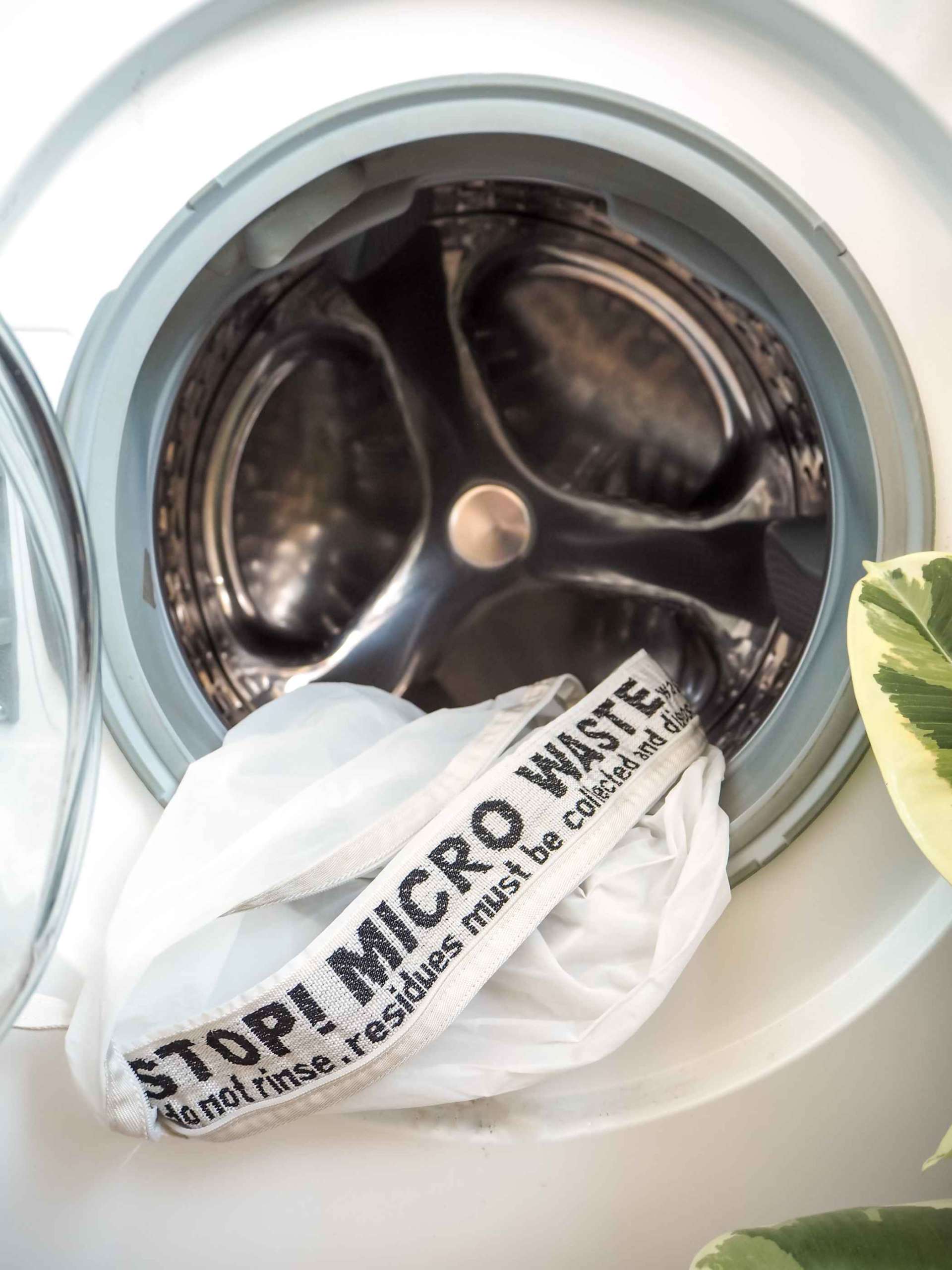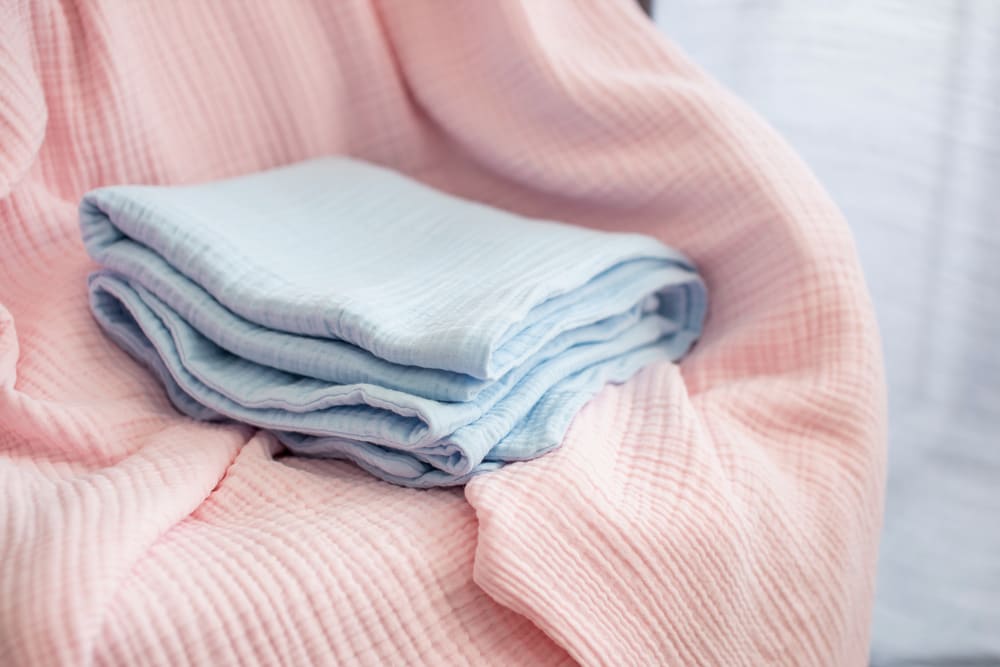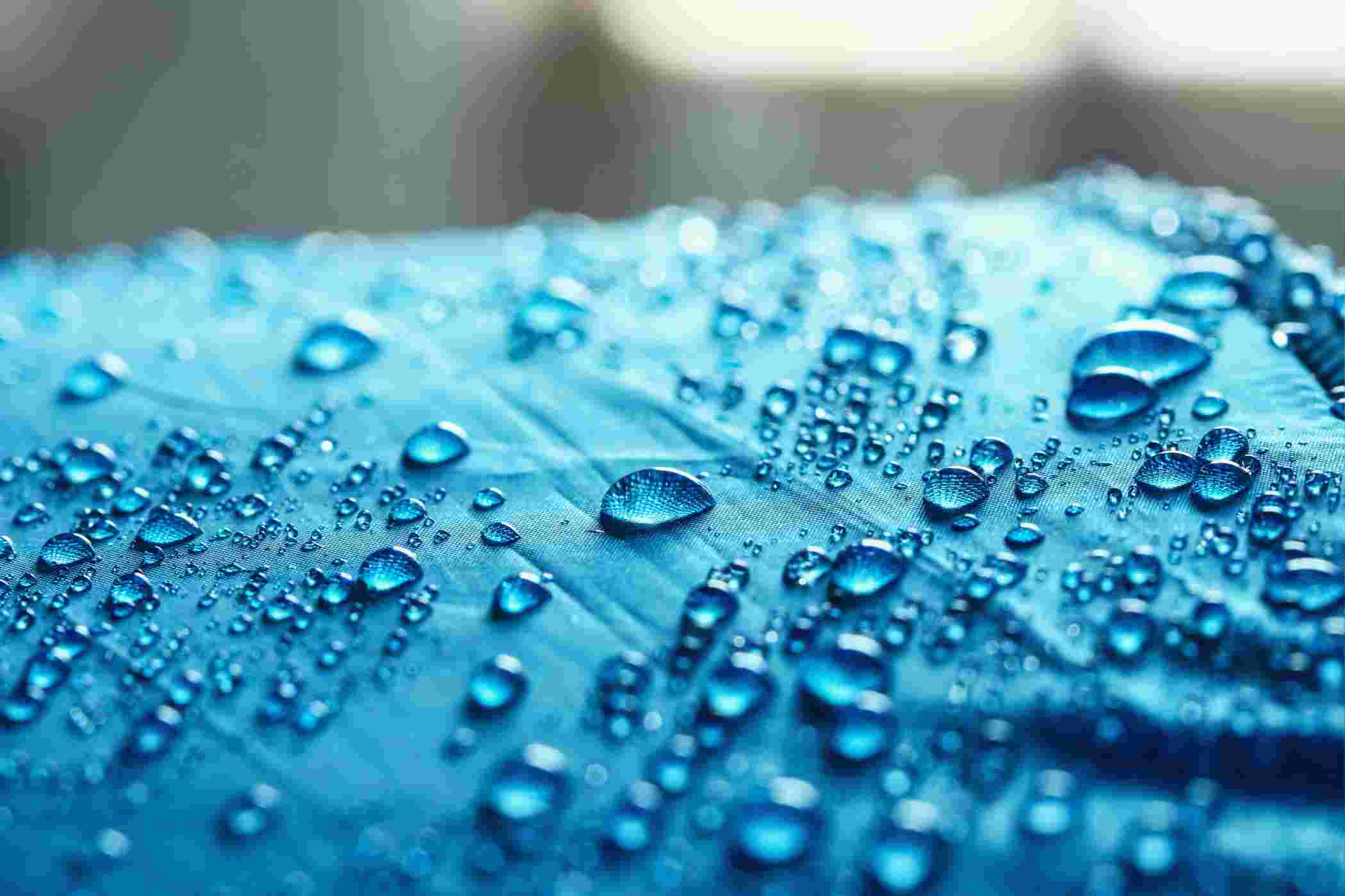All About Polyester: Types and Properties

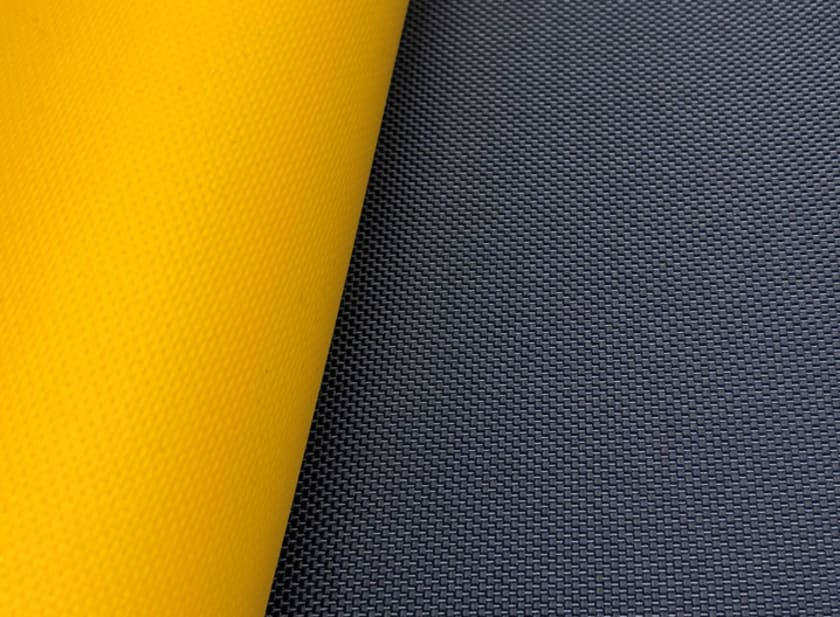

Polyester is one of the most popular synthetic fabrics often used to make clothes, bags, and home décor items. Polyester is a category of polymer that has thermoplastic characteristics and is synthesized from petroleum.
If you are not aware of the usage and properties of the polyester cloth, you are at the right spot. Here in this post, we will discuss the types of polyester and their usage in the fashion industry.
What is Polyester?
You must have read about it in your textbooks, but who remembers all that, right?
No worries. We have got you covered.
In simpler words, polyester is a type of plastic (yes, you read it right, we literally wear plastic!) that is made by mixing ethylene glycol and terephthalic acid. In most polyester clothes, it is blended with cotton or any other organic fiber to overcome its inability to absorb moisture and offer a more reformed look. However, you may find 100% polyester-based fabrics, too.
Polyester can be turned into fashionable apparel, but they are most demanded in the manufacturing of fitness wear due to their great flexibility and toughness. It is extruded from the reaction chamber after its chemical synthesis for spinning it into fibers and yarns. Once done, it is dyed into the desired color and stitched to the final piece.
Before we jump onto types of polyesters and their properties, here is a little information about their origin.
A brief history of polyester
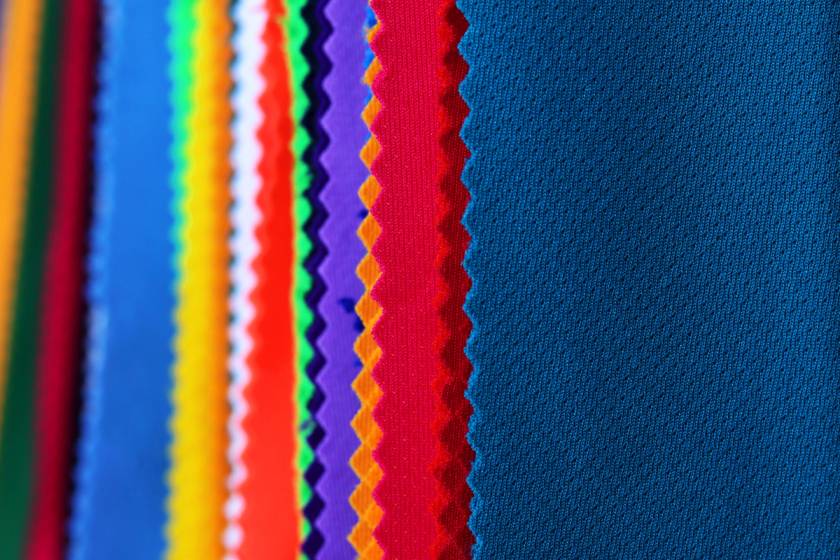
Polyester was first synthesized by British chemists John Rex Whinfield and James Tennant Dickson. In 1951, DuPont brought its Dacron brand, and by early 1970s, it earned too much fame for being a miracle fiber that can be worn for more than 68 days without ironing. Interesting, isn’t it?
Well, since history isn’t my strongest suit, let’s stop here and know more about the properties and types of polyester because honestly, that’s the business right now.
Types of polyester
Based on its chemical composition, there are two types of polyester; PET and PCDT. Let’s read a bit more about these two.
PET
PET is short for Polyethylene Terephthalate. To synthesize this, ethylene glycol is added to either terephthalic acid or methyl ester with a catalyst that speeds up the reaction.
Surprisingly, your favorite cold drink bottles are made of this PET material. Take away what you want to…!
If it has to be turned into a fabric, it’s mandatory to conduct the reaction in vacuum as it is necessary to increase its molecular weight.
- The stiff nature of Polyethylene Terephthalate or PET enables it to be highly wrinkle-free and capable of being blended with rayon, wool, and cotton without any extra effort.
- It is considered the best option when it comes to stitching insulated clothing.
- Moreover, Polyethylene Terephthalate tunes very well with furniture and home décor manufacturing processes. You can often find its presence in one way or another.
- It is rolled into fine filaments so that it blends well with artificial silk.
- The filament is also used for making carpets.
- Apart from fabrics and apparel, it is often incorporated in making automobile tire yarns, seat belts, culverts, diapers, disposable medical gowns, caps, and gloves.
PCDT
This is another category of polyester and is short for poly-1, 4-cyclohexylene-dimethylene terephthalate. This is less popular than PET and is mostly used for manufacturing heavy curtains, furniture, and cushion covers.
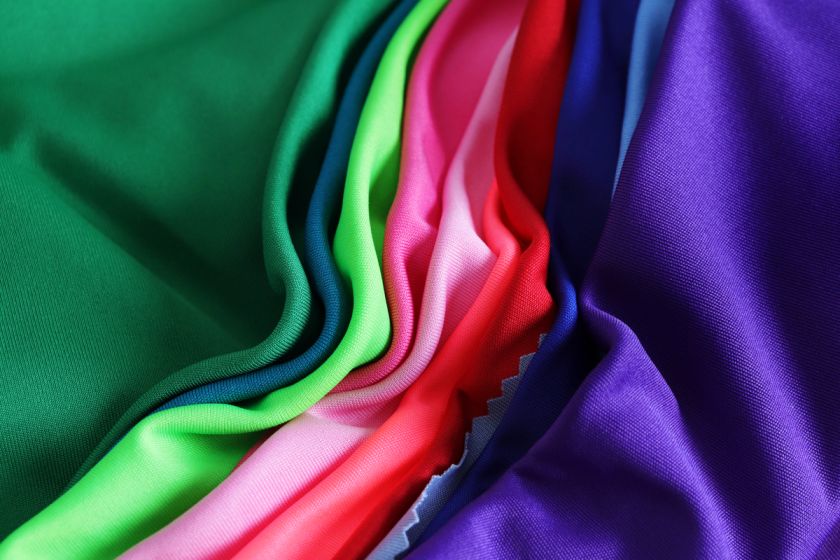
Chemical Properties of Polyester
- Polyester cloth is resistant to alkaline substances at room temperature but is degraded at higher temperatures.
- Weaker acids don’t impose any effect on the polyester even at high temperatures, whereas strong acids impact it at high temperatures.
- If the polyester cloth is boiled with HCL acid, it will be completely disintegrated.
- Polyester cloth is resistant to organic solvents. However, phenol has the ability to disintegrate or destroy it when mixed with trichloromethane.
- Oxidizing agents and chemical bleach cause little to no harm to polyester.
- It has the tendency to resist many chemicals, and thus it is easier to get rid of the stains on the polyester.
Physical properties of polyester
- Polyester is highly durable and strong. Its fiber and fabric can last for more than decades. Surprisingly it is not at all heavy, and in fact, is one of the lightest fabrics available.
- It is super quick to dry.
- Another bonus point of polyester is its property to retain its original shape. Polyester is the workhorse of gym wear. Be it t-shirts, jeggings, sports bras, or vests, anything related to fitness wear will have a macro proportion of polyester.
- Polyethylene Terephthalate or PET, which is a type of polyester, is one of the most wrinkle and abrasion-free fabrics.
- Its easy-to-dye quality can never be overlooked. You can enjoy it in tonnes of colors and shades.
- A downside of polyester cloth is its inability to absorb water and sweat. It can make you uncomfortable at times.
Fashinza is a B2B apparel manufacturing platform that helps clothing brands to manufacture their collections by connecting them with suppliers. They overlook the entire production process from design to delivery - the partner brands only need to place the order.
To know more, visit Fashinza.com or check out their Instagram page here.















